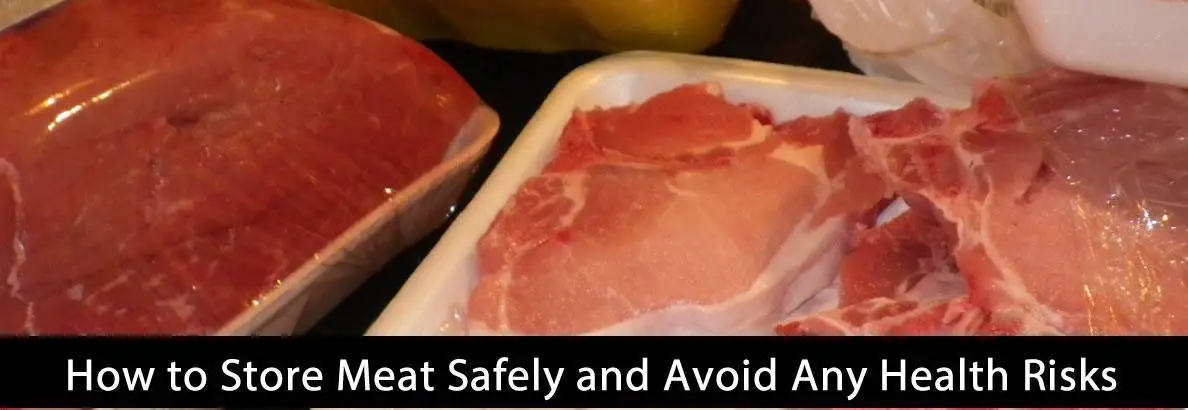Meat is a staple food that is part of world daily diet. Based on the fact that meat is vulnerable to bacteria means maximum care should be taken when handling and storing meat.
Thus it is very important to How to Store Meat Safely and Avoid Any Health Risks.
The topic of the dos and don’ts can be pretty confusing but one fact still remains – there are a number of things you can do to ensure your meat stays safe and fit for consumption.
Narrowing down to the main issue, the temperature danger zone is what you should avoid at costs. Well, to beginners probably not aware of what that means.
This is a range of temperature between 40°F and 140°F at which bacteria growth can tremendously increase to dangerous levels resulting to food-related diseases.
In as little as 2 hours, the bacteria will have risen to illness-causing levels. Examples of such bacteria include salmonella, E-Coli, and staff. The best you can keep your food safe is by ensuring it is refrigerated at temperatures below 40°F or above 140°F.
Table of Contents
Meat Storage and Handling Safety Tips
Let’s get down to a number of things you should take care of in order to avoid contamination and ensure safe storage of meat.
Don’t Buy About-To-Expire Meat
This is one common mistake that most meat buyers commit. Always check the product label and read the storage instructions before any other thing.
Do not buy meat if the use-by date has passed. Just like milk, you cannot store meat that is about to go bad. In a nutshell, do not go for any animal product that goes bad on the day bought or is about to go bad in the next few days.
Additionally, you can avoid cooking spoiled raw meats by using sticky notes and labeling the date food is bought and the date it should be cooked.
Storage Materials
Always ensure that you use clean and sealed containers to store meat. It is advisable to place the meat on the bottom of the fridge because it is the coldest part.
The reason for this is to prevent any juice that comes from the stored meat from leaking and coming into contact with other stored foods in the fridge. Cross-contact can lead to contamination.
Separate Meat with Other Foods
The main aim of separation is avoiding cross-contact. When preparing, freezing, defrosting and cooking meat, separate meat from other foods such as vegetables, cheese, and other ready-to-eat foods.
Always use separate cutting boards or clean them thoroughly if they have to be shared. Utensils such as plates, knives, and spatulas used with other foods should be cleaned before being used on meat.
Know How Long Meat Can Be Stored Safely
Depending on whether you store your meat in the freezer or refrigerator and whether it is uncooked or cooked, the safe storage times can vary from 1-2 days or go for up to 3 or more months.
You should have this information to avoid cooking spoiled food.
Cooking Temperatures
There are various safe cooking temperatures for various types of meat. You definitely need a thermometer to monitor the rare to well-done temperature spectrum.
Well, before digging any further, let’s take a look at the typical cooking temperatures.
- Rare – (120°F-125°F)
- Medium – (140°F-145°F)
- Well-done – (165°F or Higher)
Cooking temperatures affect both the quality and taste of food. You definitely need to know where every food belongs, whether it is rare, medium or well-done to avoid undercooking or overcooking.
More importantly, note that some bacteria may not be eliminated when given foods cook under rare cooking temperatures.
Additions tips:
- To read Top Rated meat slicer reviews, click here
